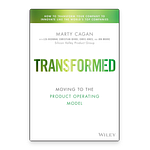by Beth Thomas
About the Author
Beth Thomas is an internationally acclaimed expert in organizational change and employee engagement. As CEO of Change 4 Growth, she draws from extensive experience leading transformations at JP Morgan Chase and Limited Brands. An accomplished speaker and executive coach, Thomas has also contributed to influential books such…











